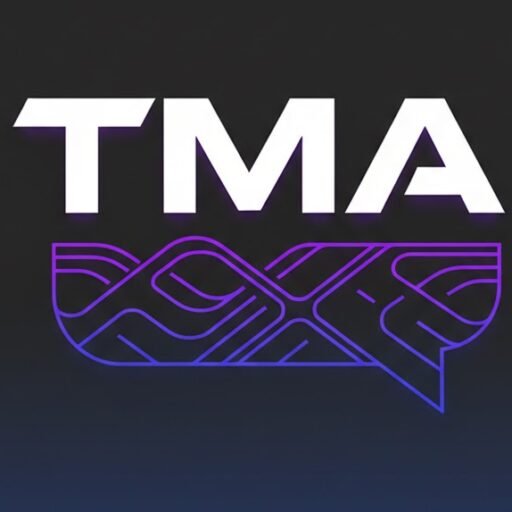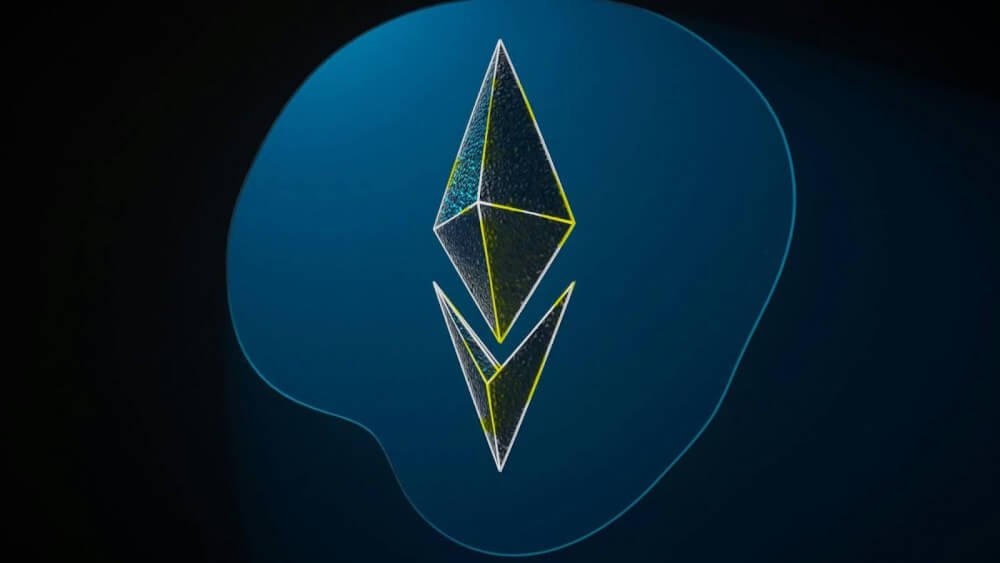Market Pulse
As October 2025 draws to a close, the crypto world continues its relentless march towards greater scalability, efficiency, and specialization. One of the most profound architectural shifts defining this era is the ascent of modular blockchains. Moving beyond the limitations of monolithic designs, these innovative frameworks are disaggregating core blockchain functions – execution, settlement, data availability, and consensus – into specialized layers, promising a more flexible, performant, and sustainable foundation for Web3’s expansive ambitions.
Deconstructing the Monolith: What Defines Modular Architecture?
For years, blockchains operated as monolithic entities, handling all vital functions like transaction processing, state changes, data storage, and network agreement within a single, integrated layer. While foundational, this design often led to inherent trade-offs, forcing networks to compromise on either decentralization, security, or scalability – famously known as the blockchain trilemma. Modular blockchains address this by decoupling these components, allowing each layer to specialize and optimize for its specific task.
- Execution Layer: Where transactions are processed and smart contracts run (e.g., optimistic rollups, ZK-rollups).
- Settlement Layer: Where disputes are resolved and state transitions are finalized (often an L1 blockchain like Ethereum).
- Data Availability Layer: Ensures that transaction data is published and accessible for verification (e.g., Celestia).
- Consensus Layer: Orders transactions and secures the network (also often an L1).
This separation enables horizontal scaling, where different components can be upgraded or scaled independently, fostering a more robust and adaptable ecosystem.
Key Innovators and the Expanding Modular Ecosystem
By late 2025, several projects have cemented their roles in driving the modular revolution. Celestia, for instance, has emerged as a frontrunner in providing a dedicated data availability layer, empowering developers to deploy their own blockchains (often called ‘rollups’ or ‘rollapps’) without the burden of building a consensus mechanism from scratch. This significantly lowers the barrier to entry.
The Cosmos ecosystem, with its Inter-Blockchain Communication (IBC) protocol and Cosmos SDK, continues to facilitate the creation of application-specific blockchains, or ‘app-chains,’ which inherently embody a modular philosophy. Dymension builds upon this with its ‘RollApp Development Kit’ (RDK), streamlining the process of launching custom execution environments that leverage other chains for security and data availability. Polkadot’s parachain model also shares conceptual similarities, offering specialized, interconnected blockchains that benefit from a shared security umbrella.
Advantages for Developers and the End-User Experience
The benefits of modularity extend across the entire Web3 stack. For developers, this paradigm shift offers unparalleled flexibility. They can select the most suitable execution environment, data availability solution, and consensus mechanism for their specific application, leading to highly optimized and performant dApps. This customization eliminates the need for applications to compete for resources on a crowded monolithic chain, reducing transaction costs and increasing throughput.
Read Also: Saylor’s Bitcoin Strategy: No Treasury Rivals Soon
- Enhanced Scalability: Specialized layers can process more transactions in parallel.
- Greater Flexibility: Developers can tailor blockchain components to specific application needs.
- Reduced Costs: Less competition for block space can lead to lower transaction fees.
- Improved Security: Isolation of components can mitigate the impact of certain vulnerabilities.
- Faster Innovation: New technologies can be integrated and tested more rapidly within specific layers.
For end-users, this translates directly into a superior experience: faster transaction finality, significantly lower fees for complex operations, and applications that simply perform better. Imagine a gaming blockchain optimized purely for in-game transactions, or a DeFi protocol with near-instant settlements – this is the promise of modularity.
Challenges and the Road Ahead for Modular Adoption
Despite its immense promise, the modular blockchain landscape is not without its hurdles. Interoperability between an increasing number of specialized chains and modules presents a complex challenge, demanding robust bridging solutions and standardized communication protocols. Security risks, particularly with new rollup designs and custom environments, require rigorous auditing and battle-testing.
Furthermore, the fragmented liquidity and user experience across multiple chains can be daunting for new users. As the ecosystem matures, the focus will shift towards seamless user onboarding, robust developer tooling, and the establishment of clear best practices for module integration and security. The industry must collectively work towards simplifying this sophisticated architecture for mainstream adoption.
Conclusion
The modular blockchain thesis has transitioned from theoretical concept to a tangible reality by late 2025, fundamentally reshaping how we build and interact with decentralized networks. By offering unprecedented levels of scalability, customization, and efficiency, modular architectures are poised to unlock the next wave of innovation in Web3, paving the way for a more diverse, high-performance, and truly global digital economy. While challenges remain, the clear benefits suggest that the future of blockchain is, unequivocally, modular.
Pros (Bullish Points)
- Significantly enhances blockchain scalability and transaction throughput through specialization.
- Offers unparalleled flexibility for developers to build highly optimized, application-specific blockchains with tailored features.
Cons (Bearish Points)
- Can lead to increased complexity in interoperability and bridging solutions between disparate modular components.
- Potential for fragmented liquidity and user experience across a growing number of specialized chains.
Frequently Asked Questions
What is a modular blockchain?
A modular blockchain separates core functions like execution, data availability, and consensus into distinct, specialized layers, contrasting with traditional monolithic blockchains that handle all functions in one layer.
How do modular blockchains improve scalability?
By specializing layers, each component can be optimized and scaled independently, allowing for parallel processing of transactions and greater overall network capacity compared to monolithic designs.
What are some key projects in the modular blockchain space?
Prominent projects include Celestia (data availability), Dymension (rollapps), and the Cosmos ecosystem with its SDK and IBC protocol, facilitating app-chain development.






